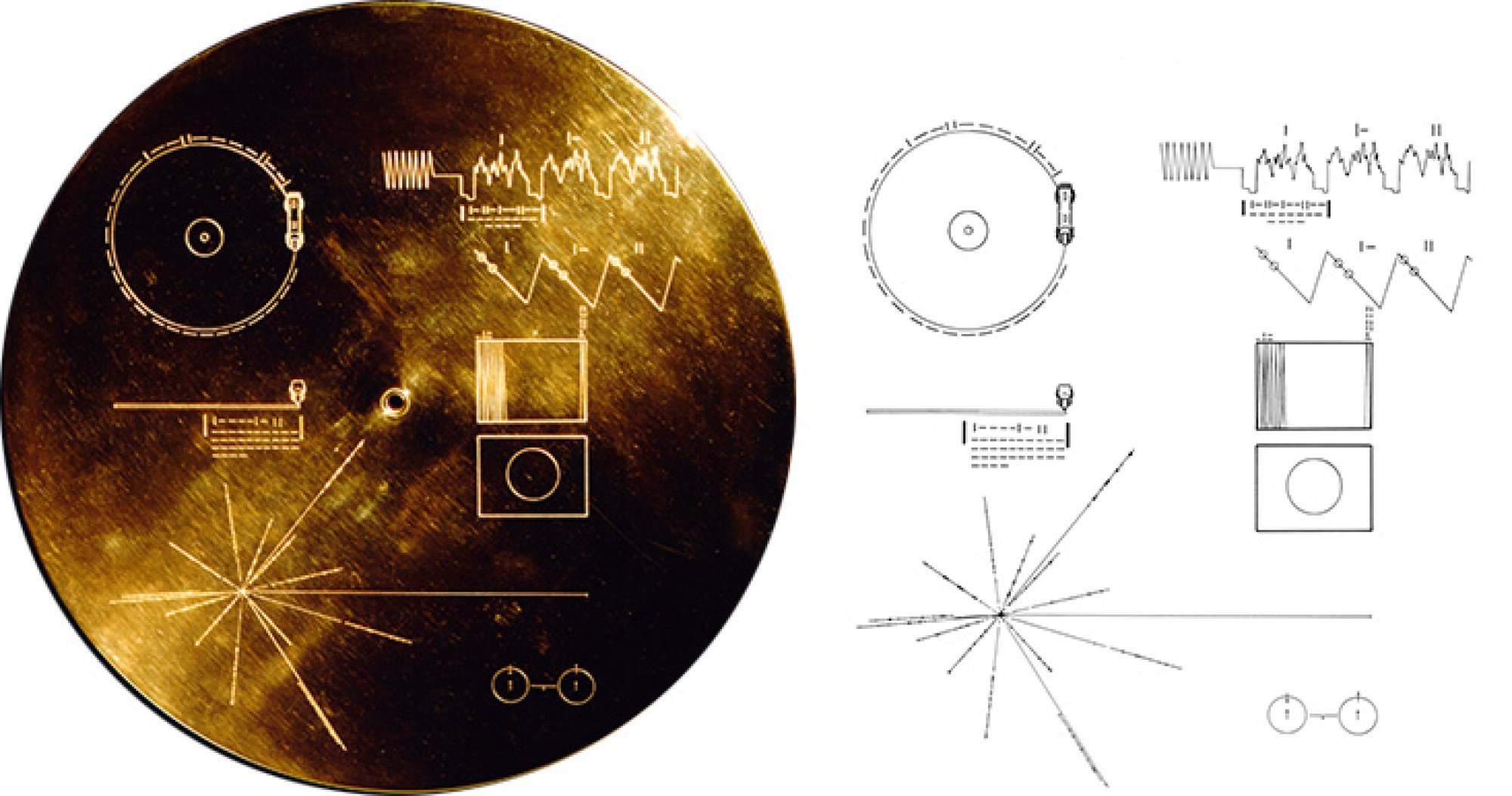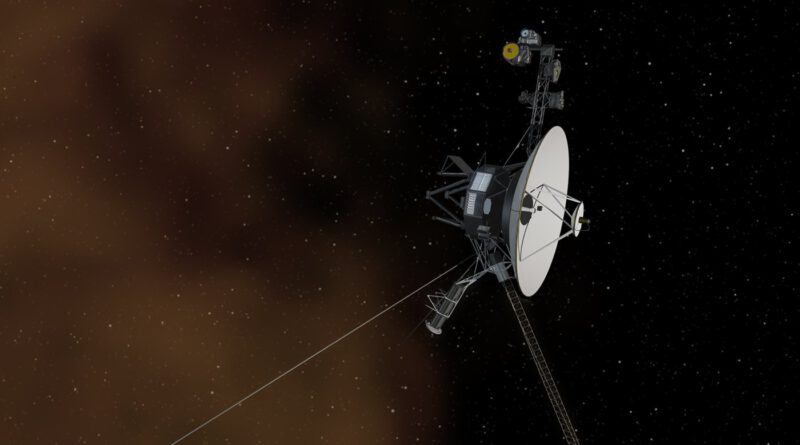When will we get the final message from NASA’s Voyager spacecraft?

NASA’s Voyager spacecraft zoomed by our solar system’s planets decades ago and are now traveling through interstellar space, ultimate destination unknown.
Yet the final transmissions from the two deep space craft loom increasingly closer. Voyager 1 and Voyager 2, both launched in 1977, were built to last five years. They’ve now beamed back cosmic information for over 46 years, a feat made possible by a hardy spacecraft and a clever group of NASA engineers.
The Voyagers’ nuclear power supply (Plutonium-238), however, is running low. To preserve fuel, NASA turned off the probes’ cameras and half of their science instruments. Now at 15 and 12 billion miles away, Voyagers 1 and 2 still beam back unprecedented information about their far-off environs, where no other human spacecraft has ventured before. They’re returning data about the radiation in interstellar space and how far the sun’s protective bubble of energy and particles extends into the cosmos.
“The science data that the Voyagers are returning gets more valuable the farther away from the Sun they go, so we are definitely interested in keeping as many science instruments operating as long as possible,” Linda Spilker, Voyager’s project scientist, said earlier this year.
Unsurprisingly for aging spacecraft at such great distances away — it takes around two days to send and receive a message — the Voyagers have experienced glitches and, most recently, inadvertent maneuvers that have caused a communication disruption on Voyager 2. (In early August 2023, NASA successfully “reestablished full communications with Voyager 2” after the accidental maneuver pointed the probe’s antenna slightly away from Earth.)
So as a half-century of Voyager operations approaches, you may wonder, as many in the space community do, how much longer will the legendary mission last?
How much longer will NASA’s Voyager mission last?
This simple question has several answers.
Voyager’s science mission: There remains limited energy to collect scientific data from the spacecraft, such as from the Cosmic Ray Subsystem, which measures particles (emitted by objects like stars) that pass through the instrument. To keep five instruments alive, engineers have turned off heaters and other elements. In 2022, NASA hoped such energy preservation could “keep the two spacecraft operating and returning unique science beyond 2025.” As of 2023, the space agency announced more power-saving efforts: “The move will enable the mission to postpone shutting down a science instrument until 2026, rather than this year.”
NASA is squeezing out all the juice possible, but it’s reasonable to expect more science instruments to start shutting down by 2025 or 2026 — although some may last to around the end of the decade.
Voyager’s last message to Earth: Sometime in the mid-2030s, we’ll likely receive our final Voyager message. Transmissions from Voyager are picked up by the Deep Space Network, which includes the 230-foot-wide radio antenna dish located in Canberra, Australia. But even these large dishes have their limits. “The two Voyager spacecraft could remain in the range of the Deep Space Network through about 2036, depending on how much power the spacecraft still have to transmit a signal back to Earth,” NASA explained.
Mission as an interstellar messenger: The Voyager mission set out to explore the outer planets (like Jupiter and Neptune) and some of the deepest realms of the solar system. Now in interstellar space, science data is regularly sent back home. (Both Voyager spacecraft have passed the “heliosphere,” the region of space around the sun beyond which interstellar space begins, NASA said.)
Yet even when the final Voyager message reaches Earth, informing us of a spacecraft’s final location, the mission continues. It’s a mission of spacefaring communication. Both Voyager craft carry “a kind of time capsule, intended to communicate a story of our world to extraterrestrials,” the space agency explained. “The Voyager message is carried by a phonograph record, a 12-inch gold-plated copper disk containing sounds and images selected to portray the diversity of life and culture on Earth.” Included on the record is Chuck Berry’s scintillating single, “Johnny B. Goode.”
Want more science and tech news delivered straight to your inbox? Sign up for Mashable’s Light Speed newsletter today.


“The spacecraft will be encountered and the record played only if there are advanced spacefaring civilizations in interstellar space,” said the great astronomer and thinker Carl Sagan. Sagan led the NASA committee that picked the records’ globe-spanning content.
It’s unknown if this final portion of the mission will be fruitless or fruitful. But it promises to be a profoundly long endeavor: Voyager 1 won’t pass near another solar system for another 40,000 years.

